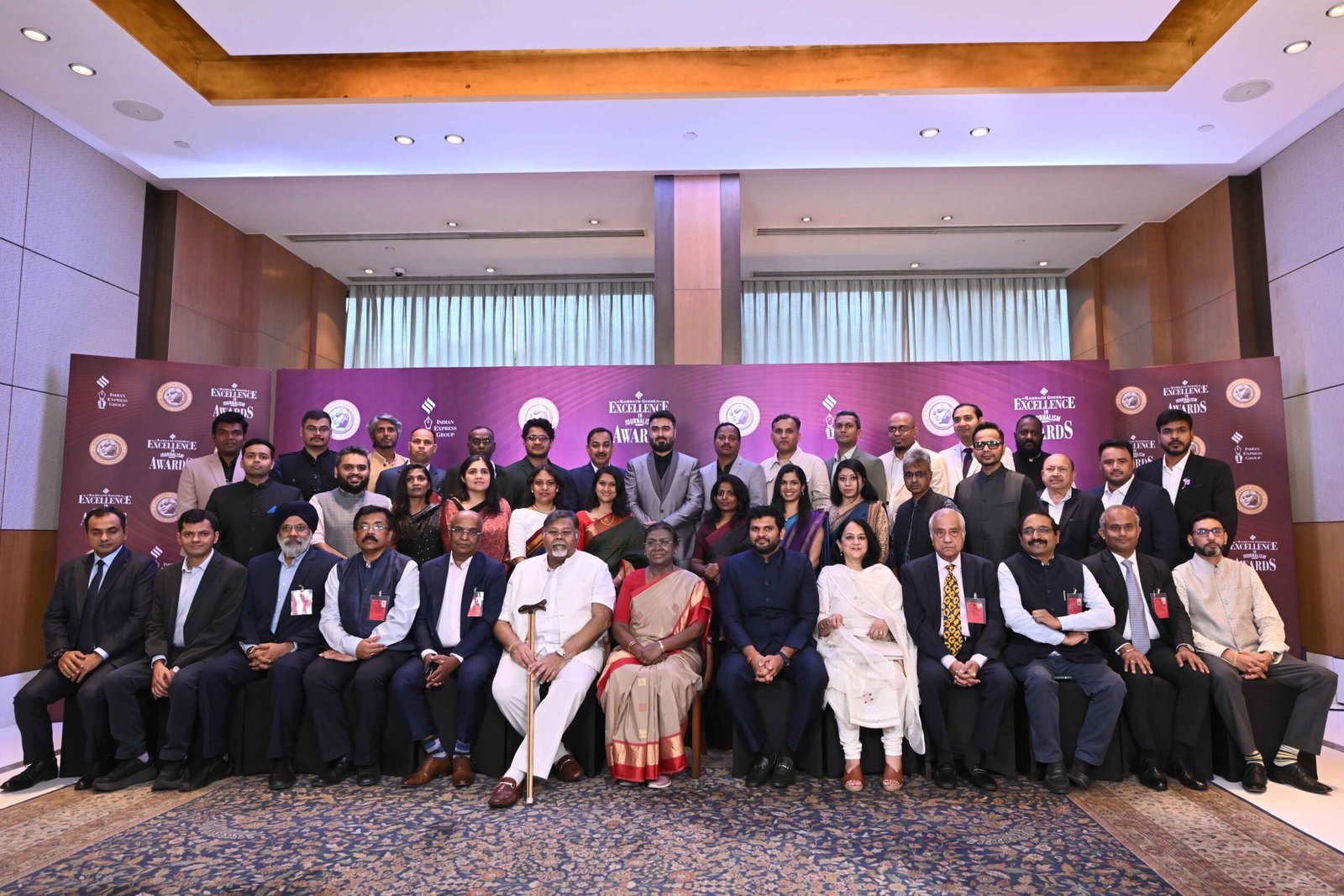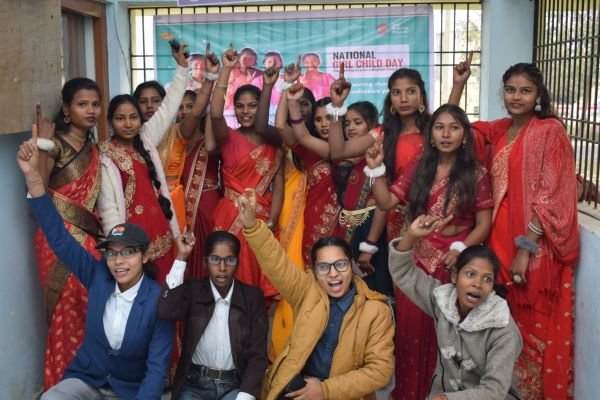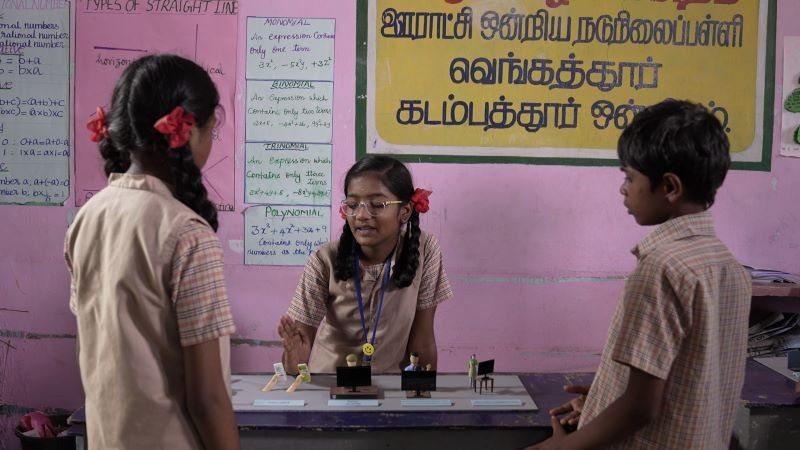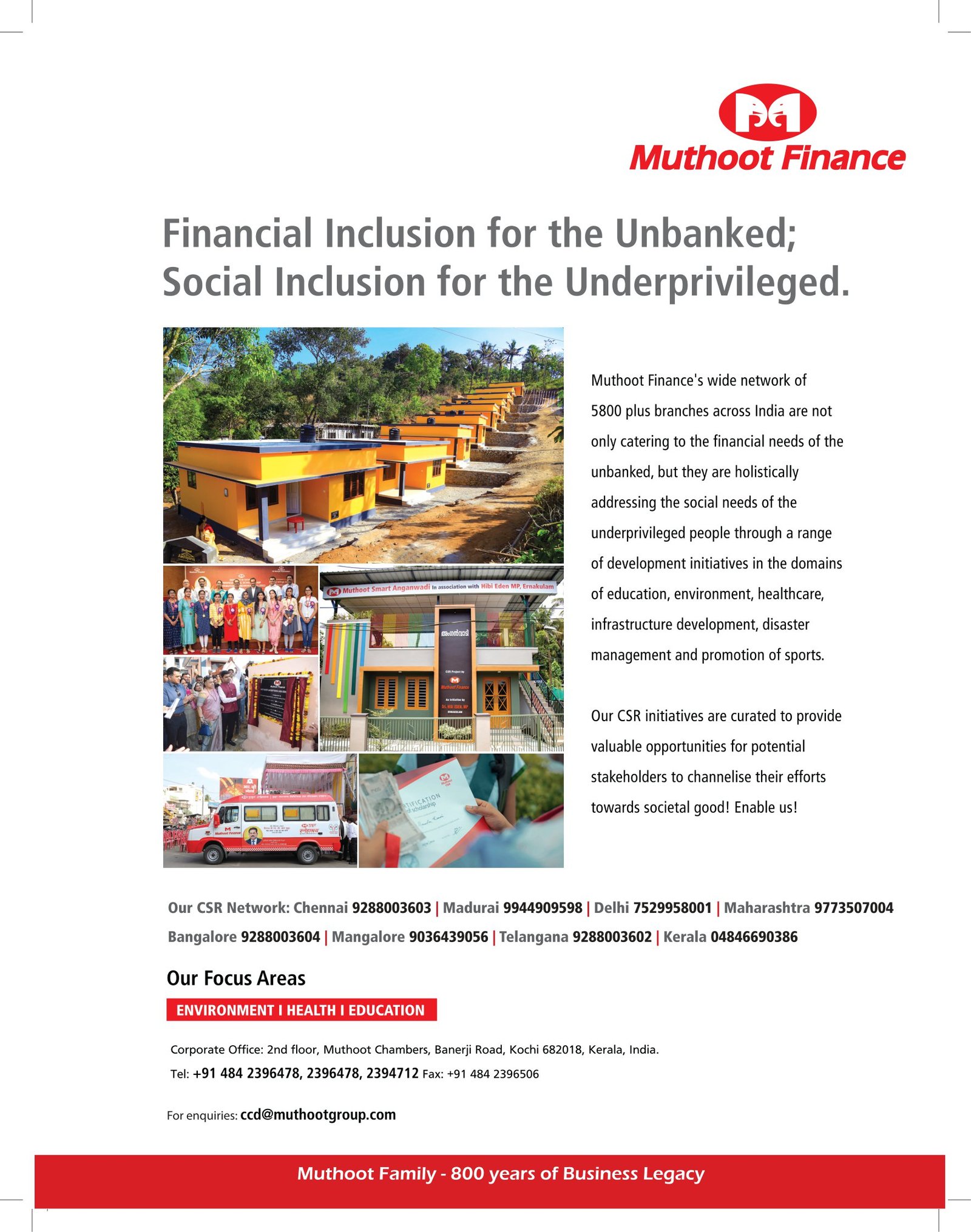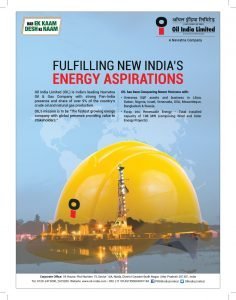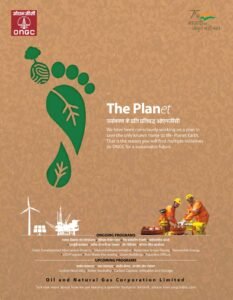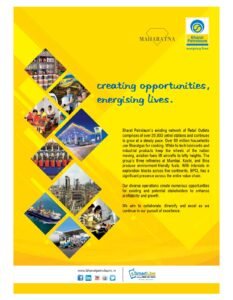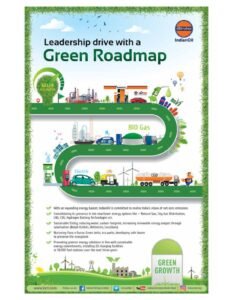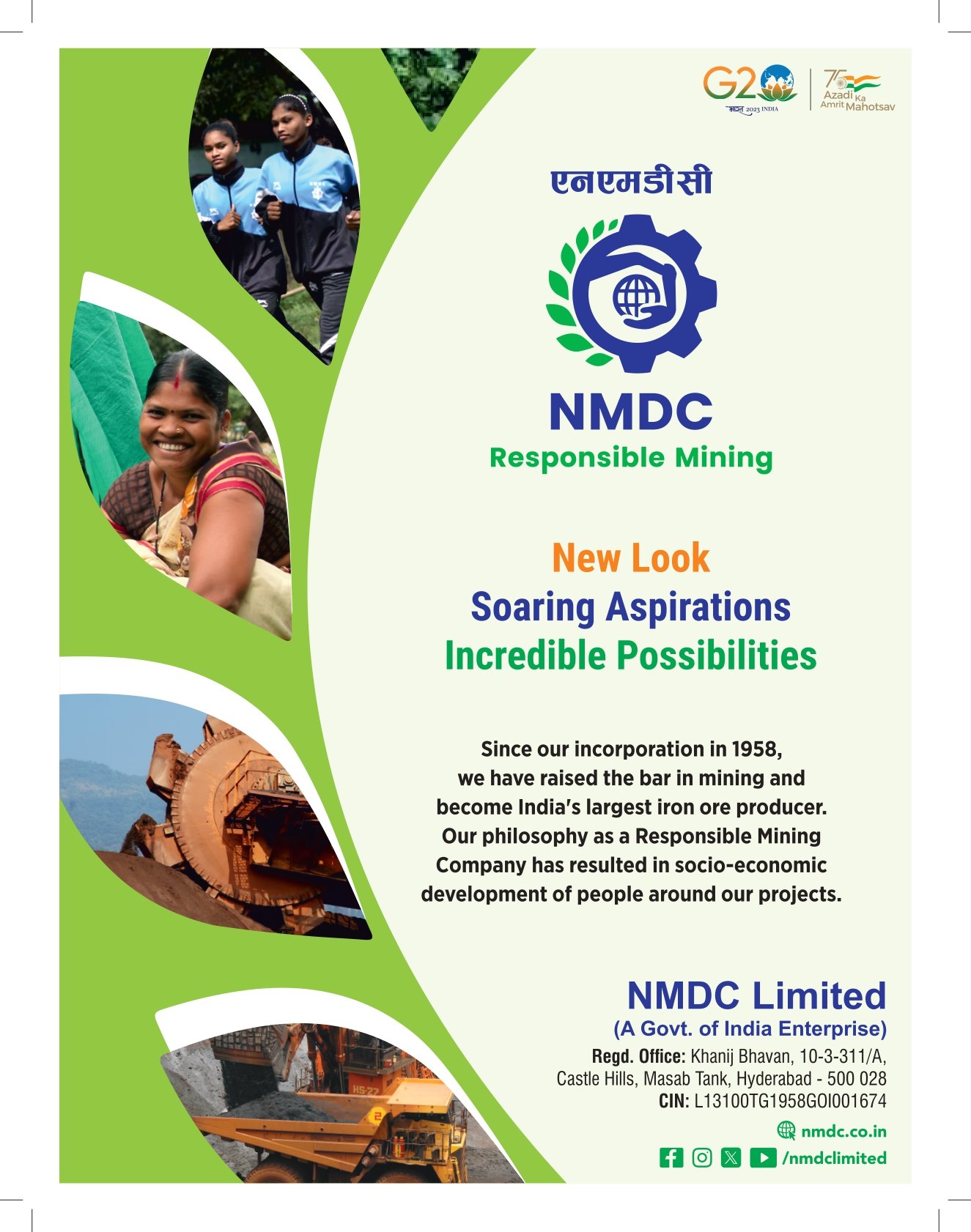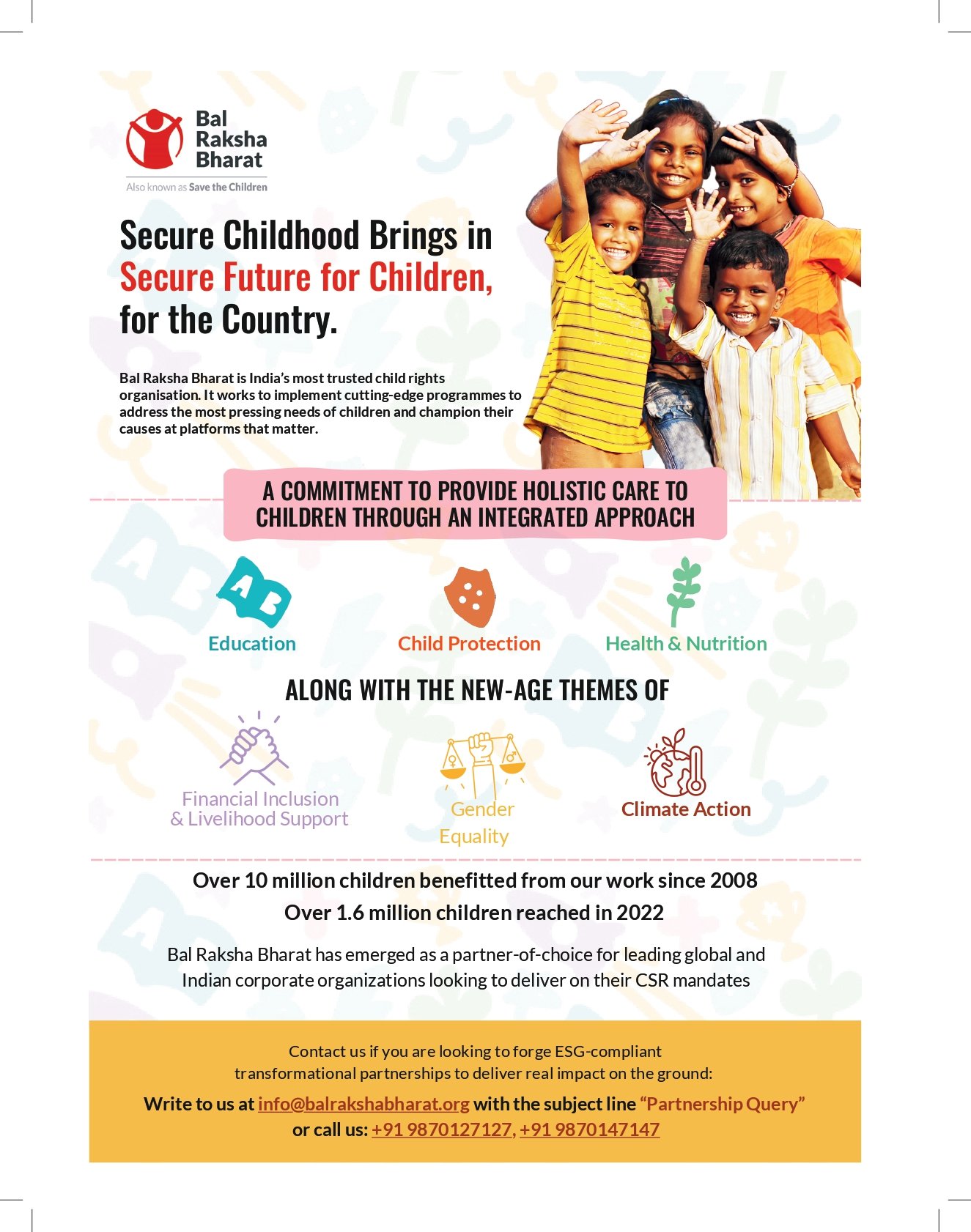Dubai, United Arab Emirates
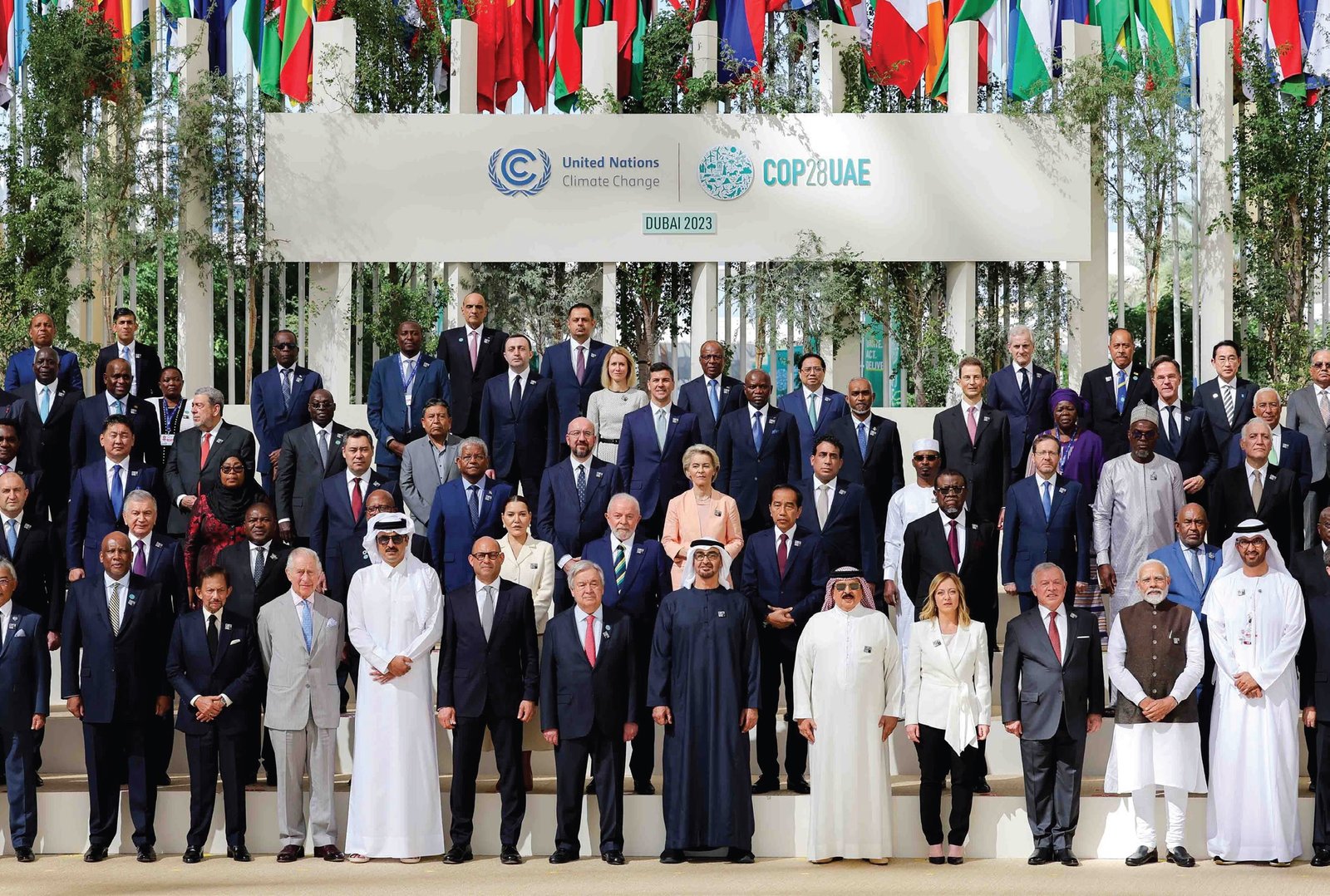
The COP 28, or the 28th meeting of the Conference of the Parties (COP) to the UNFCCC, held from 30 November until 12 December 2023, was recently concluded in Dubai, United Arab Emirates. It would be appropriate to say that in this decisive decade of climate action, the world convened at this stage set to address the pertinent issue of climate change and deliberate on effective ways of addressing it. This annual event is cited as the world’s only multilateral decision-making forum on climate change with the membership of almost every country in the world. The hot topics of discussion on the anvil are curtailing the global temperature rise to 1.5 degrees Celsius, deliberating measures to help vulnerable communities adapt to the effects of climate change, and zeroing down on achieving net-zero emissions by 2050.
A rotational schedule between the five United Nations regional groups comprising – The Eastern Europe Group, The African Group, the Asia-Pacific Group, The Latin American and Caribbean Group (GRULAC), and the WEOG or the Western European and Others Group is fixed and every COP is hosted in different regions. The host government provides the infrastructure including the premises, the facilities, the equipment and utilities, and the services for the global event. The host government’s role and this year it was UAE, as an integral part of its presidency is to engage other governments at various levels, including ministerial, head of delegation, and technical levels to cooperate and ensure the success of COP 28.
Dr. Sultan Ahmed Al Jaber, Minister of Industry and Advanced Technology and United Arab Emirates Special Envoy for Climate Change was appointed as the President of the COP 28.
The official turnout this year was close to 85,000 delegates which included the member states (or Parties) of the UN Framework Convention on Climate Change (UNFCCC) climate scientists, young people, business leaders, indigenous peoples, experts, and stakeholders to mention certain segments of participation.
Over the last few years, important details of the Paris Climate Change Agreement have been negotiated and agreed upon hence COP 28 focused on implementing the Agreement and increasing the efforts and action towards the same. With the most important details of the Paris Climate Change Agreement negotiated and agreed over the last few years, COP 28 is all about implementing the Agreement and ramping up ambition and action.
The UN’s Intergovernmental Panel on Climate Change’s latest science shows that there is a need to cut 43% of greenhouse gas emissions by 2030 as compared to its 2019 levels earlier. The critical aspect of limiting temperature rise to 1.5 degrees Celsius by the end of the century and avoiding the worst impacts of climate change, which include frequent and severe droughts, rainfall, and heatwaves needs to be addressed.
The salient points at COP 28 were arriving at global solutions for limiting global temperature rise to 1.5 degrees, informing the revised and more ambitious Nationally Determined Contributions (national climate plans) due by 2025 of the preparations of countries, accelerating the green transition that is already underway and finally achieving the delivery of the Paris Agreement Goals.
A key feature of COP 28 was the conclusion of the first-ever global stocktake. This is a process where countries and stakeholders can see where they’re collectively making progress towards meeting the goals of the Paris Climate Change Agreement – and where they’re not. The global stocktake revealed that we were not on track to limiting global warming to 1.5 degrees Celsius and the window for implementing this meaningful change is closing fast and immediate action is required. The discussions also delineated details of the loss and damage finance facility to assist the vulnerable communities in dealing with the climate impacts that were immediate and would drive towards a global goal on finance that would be greatly helpful for expediting the efforts of developing countries in addressing climate change. This would be achieved by accelerating an energy and a just transition that would close the massive emissions gap. The decisions taken by the Governments at the global stocktake can be used to accelerate ambition in 2025 when the next round of climate action plans takes place. Even though the progress was slow as revealed by the global stocktake, there was a vast array of tools and solutions that were put forward by various countries. These tools have to be used to hasten the pace effectively in the crucial next two years. The delegates shared ideas, and solutions and deliberated on building partnerships and coalitions. The productive decisions reemphasized the critical importance of empowering all stakeholders to engage through the action plan on Action for Climate Empowerment and the Gender Action Plan for Climate Action.

The annual meetings of the three decision-making bodies of the Convention, the fifth session of the decision-making body of the Paris Agreement (CMA 5), and the 18th session of the Kyoto Protocol (CMP 18) concluded at the conference with delegates of all member states discussing and deciding a wide variety of climate-related agenda items. Two subsidiary bodies under the UNFCCC also convened. These do not pass independent decisions but provide technical advice and support to COP, CMA, and CMP.
The demarcation between the blue and green zones saw all official sessions, side events, press conferences, and meetings. This formal conference and negotiation space was managed by UN Climate Change.
The blue zone could be accessed only by Heads of State, party delegations, accredited press, and admitted observers. The green zone that was managed by the COP 28’s host country, the UAE admitted youth representatives, businesses, artists, local and regional decision-makers, and representatives of civil society to exchange ideas or make presentations on ideas and solutions for a net zero future based in informal surroundings.
This event was not open to the public for in-person attendance but many events in the blue zone were webcast live for the public on unfccc. int. COP TV also aired interesting interviews and themed segments. The blue zone had limited access while the green zone was more accessible.
What then were the outcomes of this expression of global solidarity? The closure of the COP 28 marked many significant details, the key ones were
- An agreement that signaled the “beginning of the end of the fossil fuel era by laying the ground for a swift, just and equitable transition, underpinned by deep emissions cuts and scaled-up finance.”
- The decision of the world’s first “global stocktake” was to ratchet up climate action before the decade ends. The main aim is to keep the global temperature limit of 1.5 degrees Celsius.
- The UN Climate Change Executive Secretary Simon Stiell in his closing speech said that whilst the page on the fossil fuel era in Dubai was not turned yet the outcome signaled the beginning of the end. All governments and businesses need to turn the pledges taken into real economic outcomes without any further delays.
- The central outcome of COP28 was the global stocktake. All negotiation details by the counties are mentioned here and will go towards developing stronger climate actions that are due by 2025.
- The science that indicates the need for Global greenhouse gas emissions to be cut by 43% by 2030 and limiting global warming to 1.5 degrees Celsius also duly noting that parties are off track in meeting their Paris Agreement goals is also duly recognized by the stocktake.
- There is a call for action by the stocktake on Parties to take actions on a global scale in increasing the renewable energy capacity triple-fold and doubling energy efficiency improvements by 2030.
- Accelerating efforts towards the phase down of unabated coal power, phasing out inefficient fossil fuel subsidies, adopting other measures to drive the transition away from fossil fuels in energy systems in a just, orderly, and equitable manner with developed counties continuing being in the lead forms major elements in the list.
- The short-term urges Parties to come forward to cover all greenhouse gas sectors and categories align them with the 1.5 degrees Celsius limit and put forth ambitious economy-wide emission reduction targets by 2025.
- The two-week-long conference helped countries to strengthen the resilience of countries to the effects of climate change.
- The World Climate Action Summit, brought together 154 Heads of State and Government
- It was the first time that a substantive decision was adopted on the first day of the conference.
- Funds started coming in moments after the decision which totaled more than 700 million USD to date.
- Parties agreed on targets for the Global Goal on Adaptation (GGA) and its framework. This framework identifies where the world needs to reach to be resilient to the impacts of a changing climate and to assess the efforts of countries.
- Technical assistance to developing countries that are vulnerable to the adverse effects of climate change will be catalyzed with technical assistance through this platform.
- A global consensus on adaptation targets including the need for finance, technology, and capacity-building support needed to achieve them is reflected in the GCA framework.
- Climate finance as the “great enabler of climate action” took center stage at the conference.
- The Green Climate Fund (GCF) received a boost with six countries pledging new funding and total pledges from 31 countries standing at a record of USD 12.8 billion and more contributions expected.
- New commitments to the least developed countries and special climate change fund announced by eight donor governments. These totaled more than USD 174 million to date, and the new pledges, totaling nearly USD 188 million to date, were made to the Adaptation Fund at COP28.
- The global stocktake highlighted that these financial pledges are far too short given the trillions needed.
- For delivering such funding the global stocktake has emphasized the importance of reforming the multilateral financial architecture. It also recommended the need for the ongoing establishment of new and innovative sources of finance to be accelerated.
- A new collective quantified goal on climate finance’ in 2024, taking into account the needs and priorities of developing countries was discussed at the COP28.
- The building block for the design and subsequent implementation of national climate plans that need to be delivered by 2025 will be the new goal, which will start from a baseline of USD 100 billion per year.
Views and voices on COP28
- The COP28 offered a platform for the government and key stakeholders to strengthen their collaboration and showcase their real-world climate solutions.
- Under the Marrakech Partnership for Global Climate Action, The High-Level Champions, launched their implementation roadmap of 2030 Climate Solutions.
- Several announcements were made at the conference to boost the resilience of food and public health systems, and to reduce emissions related to agriculture and methane.
A glance at the future –
- The “Enhanced Transparency Framework’’ negotiations at COP 28 laid the foundation for a new era of implementing the Paris Agreement.
- The transparency reporting and review tools for use by Parties that were showcased and tested at COP 28 are being developed by UN Climate Change. The Parties will have access to the final versions of the reporting tools by June 2024.
- Parties agreed at COP28 to Azerbaijan hosting COP29 from 11th – 22nd November 2024 and Brazil hosting COP 30 from 10th -21st November 2025.
- At COP 29, governments must establish a new climate finance goal that reflects the scale and urgency of the climate challenge. At COP2030 they should be prepared with new nationally determined contributions that are economywide, cover all greenhouse gases, and are fully aligned with the 1.5°C temperature limit.
The conclusion of COP28 has also sparked its share of reactions, and views and given rise to voices from different segments. While the indigenous voices said “We implore all of humanity to unite with a single objective: to declare, “Enough is enough” A noted climate activist calls the outcome a “betrayal.” From YOUNGO, the Youth Climate Movement, and UNICEF the youth participants expressed their views and urged people to take action to safeguard our planet. Influential women climate leaders talked about transformational leadership, where global warming needed to be limited to save the planet, save lives, and protect livelihoods.
While the deliberations and discussions at this very crucial platform hold the promise of making a positive difference to the world at large, what is needed is execution. What needs to be seen is the action plan graduating from mere rhetoric and limited on paper to make a real difference for the good of the planet and mankind.


